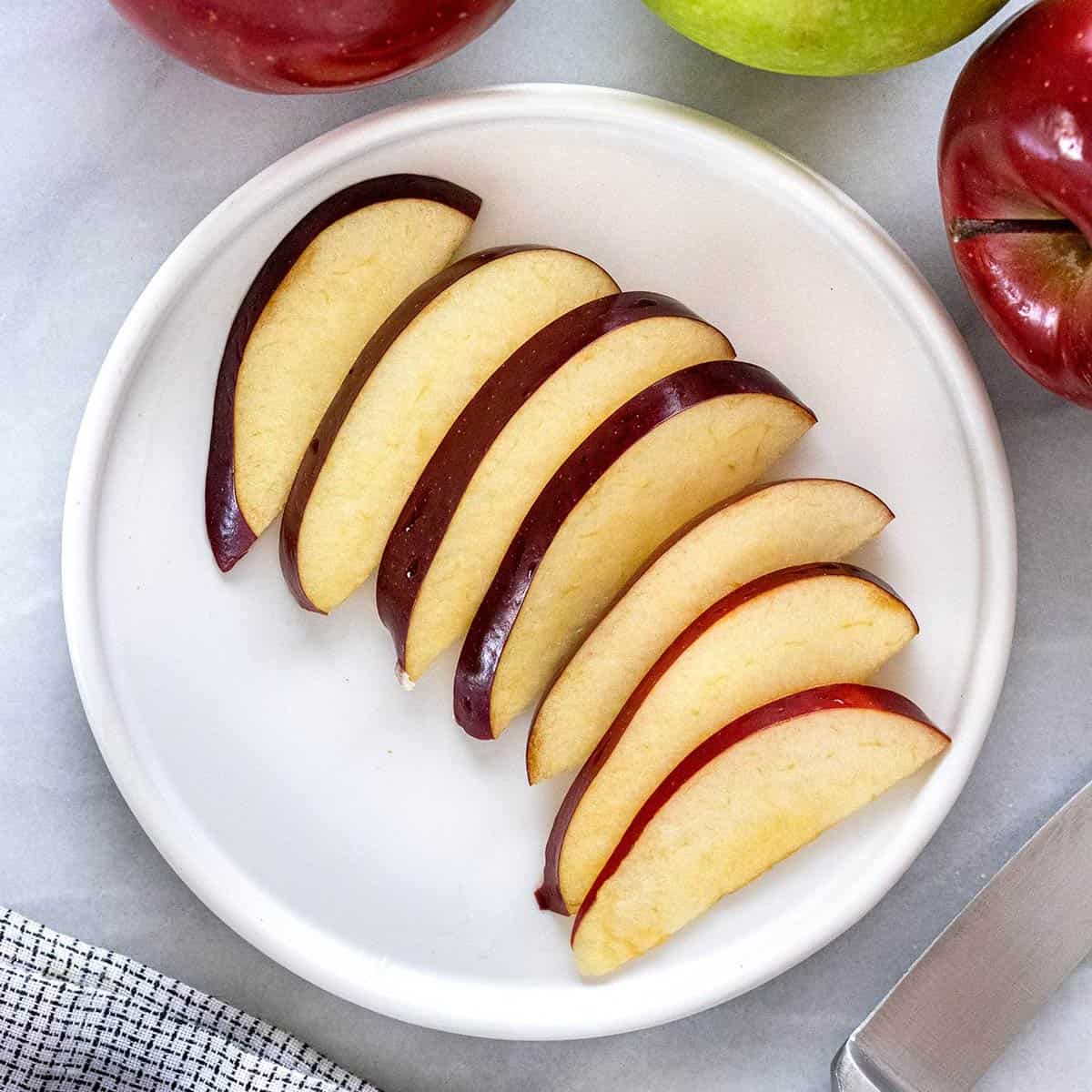

Articles
How To Store Cut Up Apples
Modified: February 23, 2024
Learn effective ways to store cut up apples and keep them fresh for longer. Discover useful articles with tips and tricks for proper apple storage.
(Many of the links in this article redirect to a specific reviewed product. Your purchase of these products through affiliate links helps to generate commission for Storables.com, at no extra cost. Learn more)
Introduction
When it comes to enjoying the refreshing taste of apples, the convenience of having them pre-cut and ready-to-eat is hard to beat. Whether you’re planning to use them in salads, snacks, or as a healthy addition to your lunches, keeping cut up apples fresh and crisp can be a challenge.
In this article, we will guide you through the step-by-step process of storing cut up apples to help maintain their flavor, texture, and nutritional value for as long as possible. By following these simple tips, you can ensure that your sliced apples stay delicious and appetizing, perfect for tossing into a fruit salad or munching on when a craving hits.
So, let’s dive in and discover the secrets of storing cut up apples!
Key Takeaways:
- Keep cut up apples fresh by choosing the right variety, washing, and using lemon juice to prevent browning. Store them in an airtight container in the fridge for a convenient, healthy snack or recipe ingredient.
- Enjoy the convenience of having fresh cut apples ready to eat by incorporating them into salads, baking them, making applesauce, or blending them into smoothies. Get creative and savor the natural sweetness and crunch of perfectly preserved sliced apples!
Read more: How To Store Cut Apples
What You’ll Need
Before you begin the process of storing cut up apples, it’s important to gather the necessary tools and ingredients. Here’s what you’ll need:
- Fresh apples: Choose apples that are firm, crisp, and free from bruises or blemishes.
- Knife: A sharp knife will make it easier to cut the apples precisely.
- Cutting board: Use a clean and sturdy cutting board to safely slice the apples.
- Lemon juice: Lemon juice acts as a natural inhibitor of browning and helps preserve the color of the apples.
- Water: You will need water to rinse the apples before cutting them.
- Storage container: Opt for an airtight container that is large enough to hold the sliced apples.
- Paper towels: Place a few paper towels inside the container to absorb excess moisture and maintain freshness.
Having these items on hand will ensure a smooth and successful process of storing your cut up apples.
Step 1: Choose the Right Apples
The first step in storing cut up apples is to select the right variety of apples. Not all apples are created equal when it comes to maintaining their freshness and texture after being cut.
When choosing apples for slicing and storing, opt for varieties that are known for their firmness and ability to resist browning. Some excellent choices include Granny Smith, Honeycrisp, and Pink Lady apples. These varieties have a crisp texture and a natural tartness that complements a variety of dishes.
Avoid using apples that are overly ripe or soft, as they are more prone to browning and their texture may become mushy once cut. Additionally, avoid using apples that have bruised or blemished skin, as these may affect the overall quality of the sliced apples.
It’s important to note that different apple varieties have different storage durations. Some varieties may last longer than others, so consider this when choosing the apples for slicing. However, regardless of the variety chosen, following the proper storage techniques will help maximize freshness.
By selecting the right apples, you are setting yourself up for success when it comes to storing and enjoying cut up apples.
Step 2: Wash and Dry the Apples
Before cutting your apples, it’s important to give them a thorough wash. Even if you plan to peel the skin off, washing the apples helps remove any dirt, residue, or potential contaminants.
To wash the apples, follow these steps:
- Rinse the apples under cool, running water.
- Gently rub the surface of the apples with your fingers to remove any dirt or debris.
- Dry the apples using a clean kitchen towel or paper towels. Make sure to pat them dry to remove any excess moisture.
Drying the apples is essential as excess moisture can promote bacterial growth and lead to spoilage. It’s important to note that wet apples can also affect the texture and quality of the sliced fruit, so take your time to ensure they are thoroughly dried.
Once the apples are washed and dried, they are ready to be sliced and prepared for storage. Following these simple steps will ensure that your sliced apples remain fresh and delicious for an extended period.
Step 3: Cut the Apples
Now that your apples are washed and dried, it’s time to cut them into the desired size and shape. Follow these steps to ensure clean and consistent slices:
- Place the apple on a clean cutting board and hold it firmly with one hand.
- Using a sharp knife, make a vertical cut down the center of the apple, dividing it into two halves.
- Next, place one half of the apple with the cut side facing down on the cutting board.
- Slice the apple half into thin, even slices, about ¼ to ½ inch thick. Repeat this process with the other apple half.
- For smaller apple varieties, such as Lady apples, you can simply slice them horizontally into rounds without cutting them into halves first.
- Continue cutting the remaining apples in the same manner until you have sliced all the apples.
It’s important to maintain consistent thickness while slicing the apples to ensure they dry evenly and maintain their texture. Thinner slices may dry out more quickly, while thicker slices may take longer to fully dry.
If you plan to use the sliced apples in recipes or salads, consider cutting them into bite-sized pieces or wedges. This will make them easier to incorporate into various dishes.
Once all the apples are cut to your desired size, move on to the next step to preserve their freshness and prevent browning.
Store cut up apples in an airtight container or resealable bag with a squeeze of lemon juice to prevent browning. Keep them in the refrigerator to maintain freshness.
Read more: How To Store A Cut Apple
Step 4: Prevent Browning
After you’ve sliced the apples, it’s crucial to take measures to prevent browning. Browning occurs due to exposure to oxygen, which can lead to a less appealing appearance and potential flavor changes.
One of the most effective ways to prevent browning is by using lemon juice. The natural acidity in lemon juice helps slow down the browning process and preserve the color of the apples. Follow these steps to prevent browning:
- Squeeze fresh lemon juice into a bowl.
- Using a brush or your fingers, coat the sliced apples with the lemon juice. Make sure all the surfaces are evenly coated.
- If you don’t have lemon juice, you can also use other citrus fruits like lime or orange, as they contain similar acidity.
Alternatively, you can also mix some lemon juice with water and soak the sliced apples in the solution for a few minutes. This will help ensure that all the surfaces are covered with the lemon juice.
It’s important to note that while lemon juice helps prevent browning, it may impart a mild citrus flavor to the apples. If you’re concerned about the taste, you can adjust the amount of lemon juice used or try other methods, such as using specialized fruit preservatives or ascorbic acid solutions, which are available commercially.
By taking the time to prevent browning, you can maintain the fresh and appealing appearance of your sliced apples for a longer duration.
Step 5: Choose an Appropriate Storage Container
Choosing the right storage container for your cut up apples is essential to maintain their freshness and prevent exposure to external factors that can cause spoilage. Here are some factors to consider when selecting an appropriate storage container:
Airtightness: Opt for a container that is airtight to minimize the contact of the sliced apples with oxygen. This helps slow down the oxidation process and prolongs the shelf life of the apples.
Size: Choose a container that can accommodate the sliced apples without overcrowding them. Overcrowding can lead to bruising and increased moisture, which can accelerate spoilage.
Material: Select a storage container that is made of food-grade materials, such as plastic or glass. Ensure that it is clean, free from any lingering odors or residues, and microwave-safe if you plan to reheat the sliced apples.
Dividers: If you plan to store different types of sliced apples or other fruits, consider using a container with dividers. This allows you to keep different varieties separate, preventing flavor mixing or cross-contamination.
Stackability: If you have limited storage space, look for containers that are stackable. This allows you to efficiently use the available space and keep your fridge organized.
Paper towels: Place a layer of paper towels at the bottom of the container and between the layers of sliced apples. The paper towels will help absorb excess moisture, keeping the apples crisp and fresh.
Remember to properly clean and sanitize your storage container before use to remove any potential bacteria or contaminants.
By choosing the right storage container, you can ensure that your sliced apples stay fresh and maintain their quality until you’re ready to enjoy them.
Step 6: Store in the Refrigerator
Once you’ve prepared and placed your sliced apples in an appropriate storage container, it’s time to store them in the refrigerator. The cool temperature of the fridge helps slow down the enzymatic activity in the apples and extends their shelf life.
Here are some important points to consider when storing sliced apples in the refrigerator:
- Ensure that your refrigerator is set to the proper temperature, ideally between 34°F (1°C) and 40°F (4°C). This temperature range helps maintain the freshness and crispness of the apples.
- Place the sealed container of sliced apples in the main compartment of your refrigerator, away from items that may emit strong odors.
- Avoid storing the sliced apples in the refrigerator door, as the temperature fluctuates more in that area.
- Do not freeze the sliced apples, as the texture and flavor may be altered once thawed.
The refrigeration process helps slow down the browning process and keeps the sliced apples fresh for an extended period. However, it’s important to note that even with proper storage, sliced apples will gradually lose their crispness over time.
Remember to consume the sliced apples within a few days for the best flavor and texture. If you notice any signs of spoilage, such as a slimy texture or an off smell, discard the sliced apples immediately.
By following these guidelines and storing your cut up apples in the refrigerator, you can enjoy their deliciousness for a longer duration.
Step 7: Enjoy Your Fresh Cut Apples
After all the steps of storing your cut up apples, it’s finally time to enjoy the fruits of your labor! Here are some ideas for how to savor your fresh cut apples:
- Snack on them: Enjoy the crisp and juicy slices of apples as a healthy and refreshing snack. Pair them with your favorite nut butter or yogurt for some added protein and flavor.
- Add them to salads: Toss the sliced apples into green salads to add a touch of sweetness and crunch. They complement a variety of salad ingredients, such as mixed greens, nuts, and cheese.
- Create fruit skewers: Thread sliced apples onto skewers along with other fruits like grapes, berries, and pineapple pieces for a colorful and delicious treat.
- Bake them: Incorporate the sliced apples into your favorite baked goods, such as pies, tarts, or muffins. Their natural sweetness will enhance the flavor of your creations.
- Make applesauce: Cook the sliced apples with a little water, sugar, and spices like cinnamon and nutmeg to create homemade applesauce. It’s a versatile sauce that can be used as a topping, filling, or enjoyed on its own.
- Blend into smoothies: Add the sliced apples to your favorite smoothie recipes for a boost of fiber and natural sweetness. They pair well with ingredients like spinach, bananas, and almond milk.
Get creative with how you enjoy your fresh cut apples. They can be a versatile ingredient in various dishes or simply enjoyed on their own for a satisfying snack.
Remember that the quality of the sliced apples will gradually decline over time, so it’s best to consume them within a few days for optimal taste and texture.
So sit back, relax, and savor the deliciousness of your freshly cut apples!
Read more: How To Store Cut Apples In Fridge
Conclusion
Storing cut up apples properly is key to preserving their freshness, flavor, and nutritional value. By following the steps outlined in this guide, you can ensure that your sliced apples remain crisp and delicious for an extended period of time.
Choosing the right variety of apples, washing and drying them thoroughly, and preventing browning with lemon juice are essential steps in the process. Additionally, selecting an appropriate storage container and keeping the sliced apples in the refrigerator will help maintain their quality.
Once your cut up apples are stored, it’s time to unleash your creativity and enjoy them in a variety of ways. Whether you snack on them, add them to salads or baked goods, or incorporate them into smoothies and sauces, there are endless possibilities to relish their natural sweetness and crunch.
Remember to monitor the freshness of the sliced apples and consume them within a few days to enjoy them at their best. If you notice any signs of spoilage, discard them immediately to ensure your health and safety.
So don’t hesitate to slice up some apples and store them using these techniques. With a little bit of preparation and care, you can enjoy the convenience of having fresh cut apples ready to enjoy whenever you desire.
Now, go ahead and embark on your apple-cutting journey, and savor the delight of juicy, flavorful, and perfectly preserved sliced apples!
Frequently Asked Questions about How To Store Cut Up Apples
Was this page helpful?
At Storables.com, we guarantee accurate and reliable information. Our content, validated by Expert Board Contributors, is crafted following stringent Editorial Policies. We're committed to providing you with well-researched, expert-backed insights for all your informational needs.
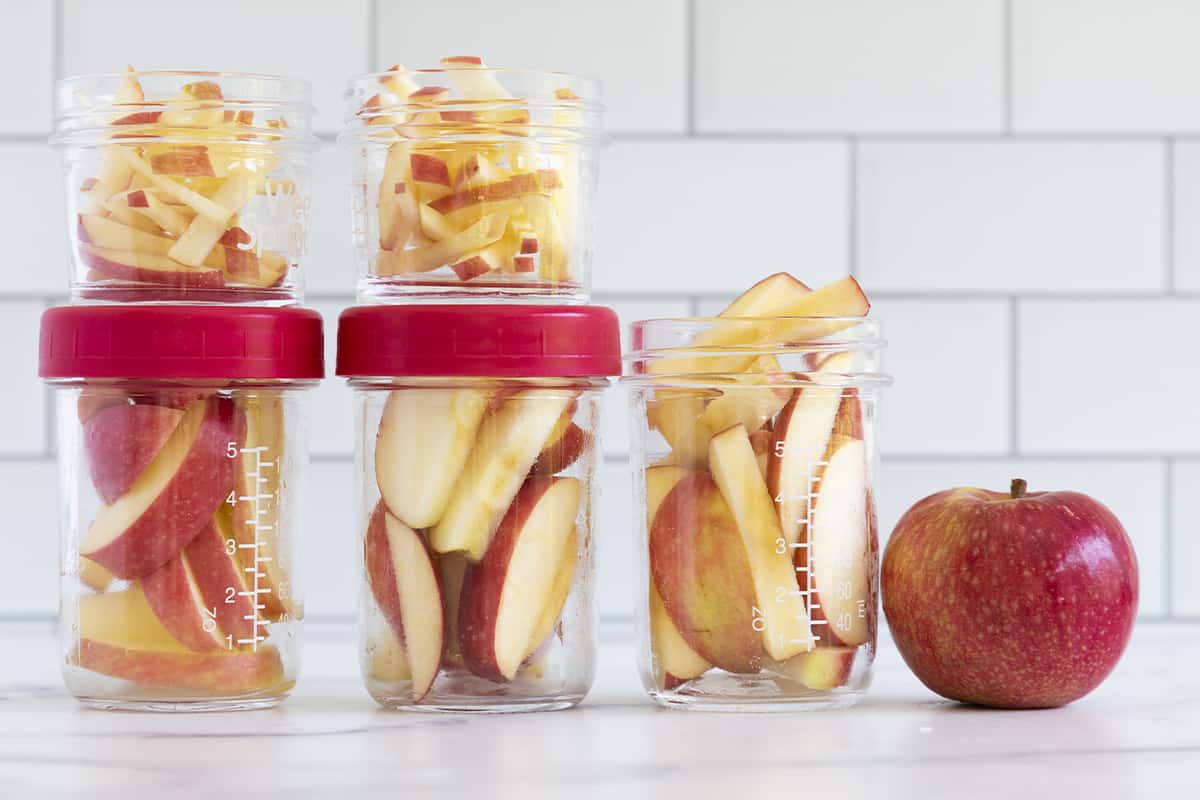
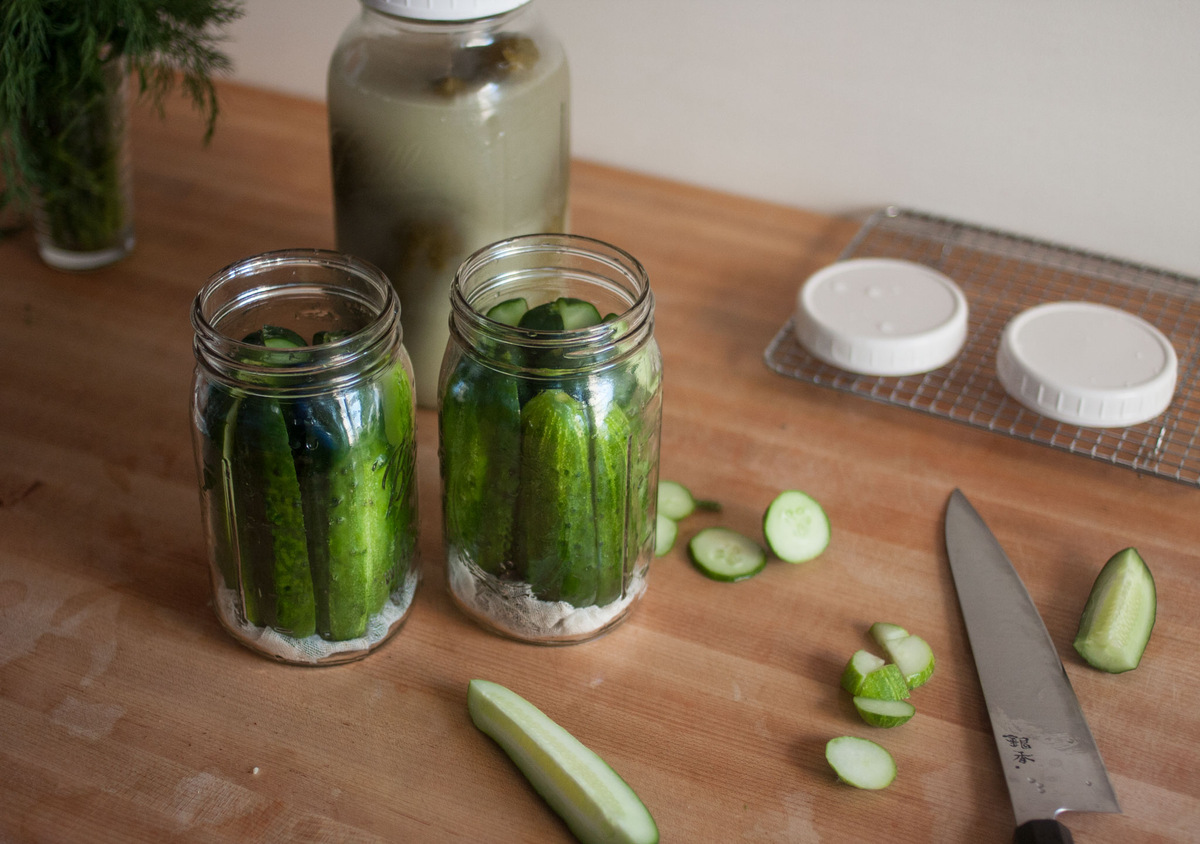
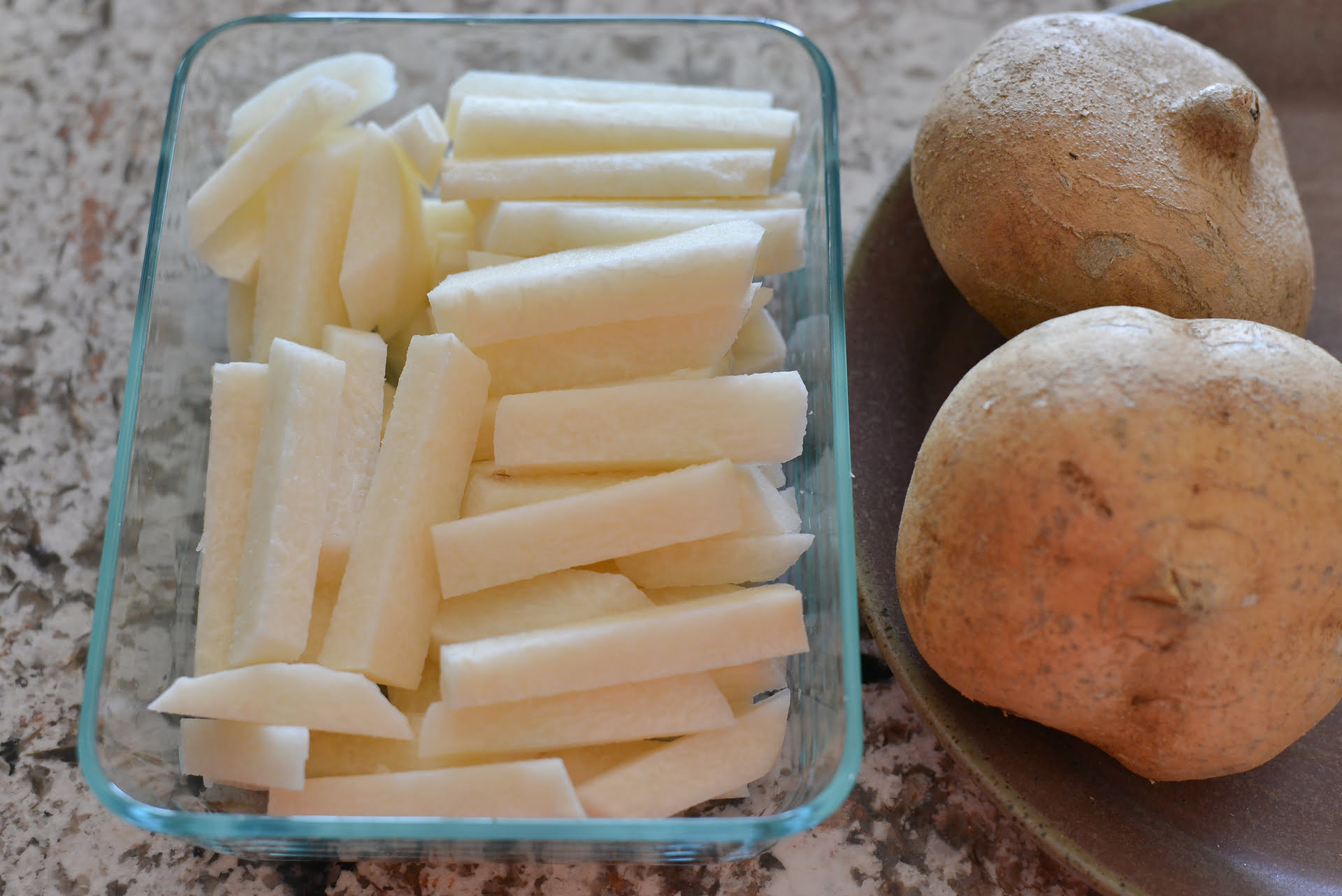
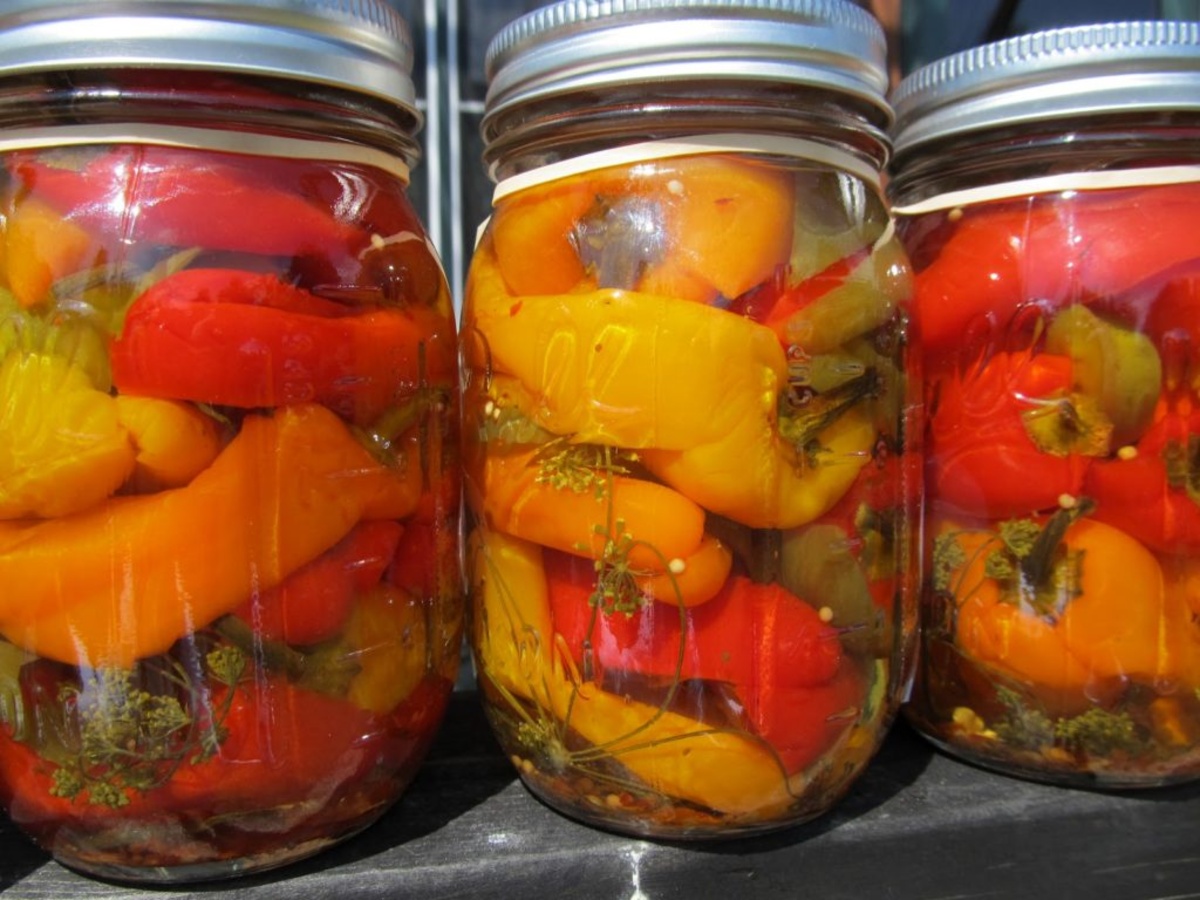
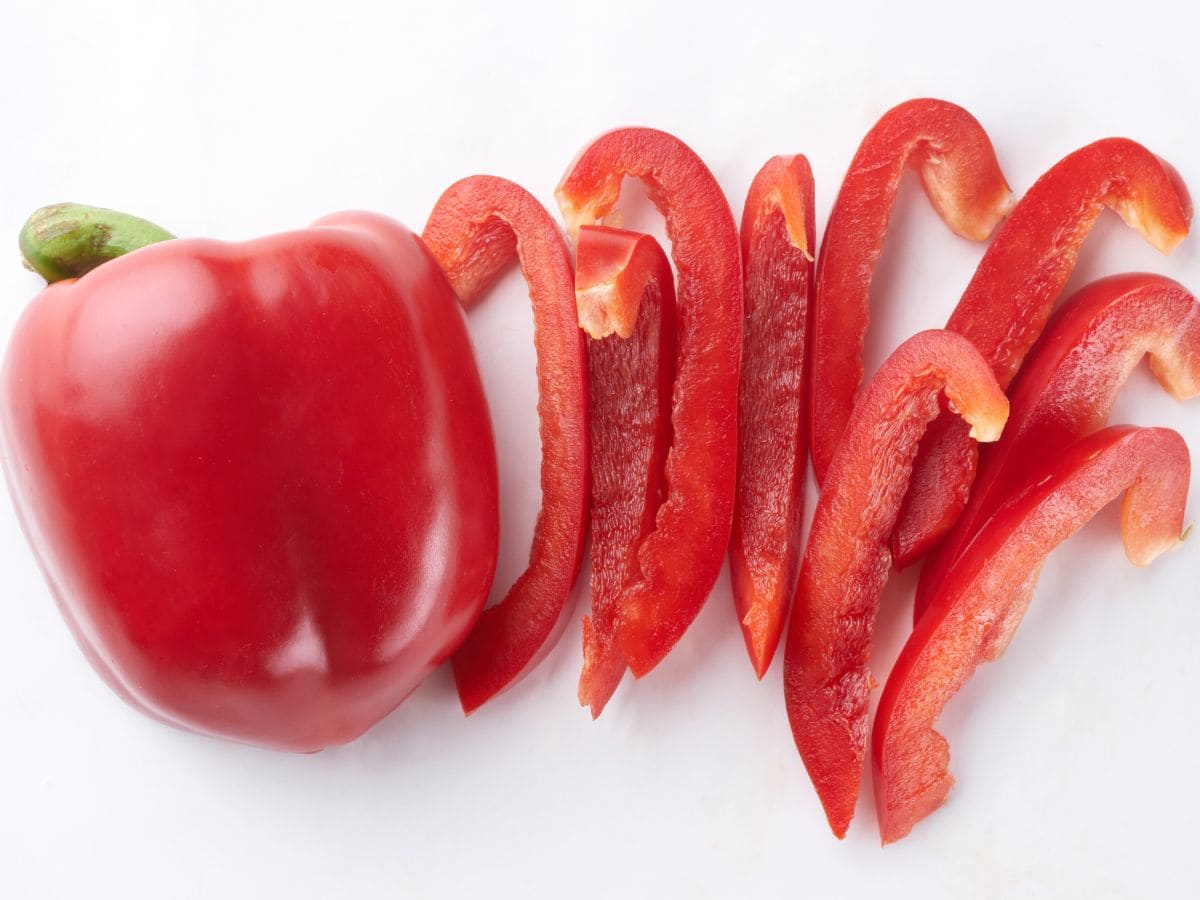
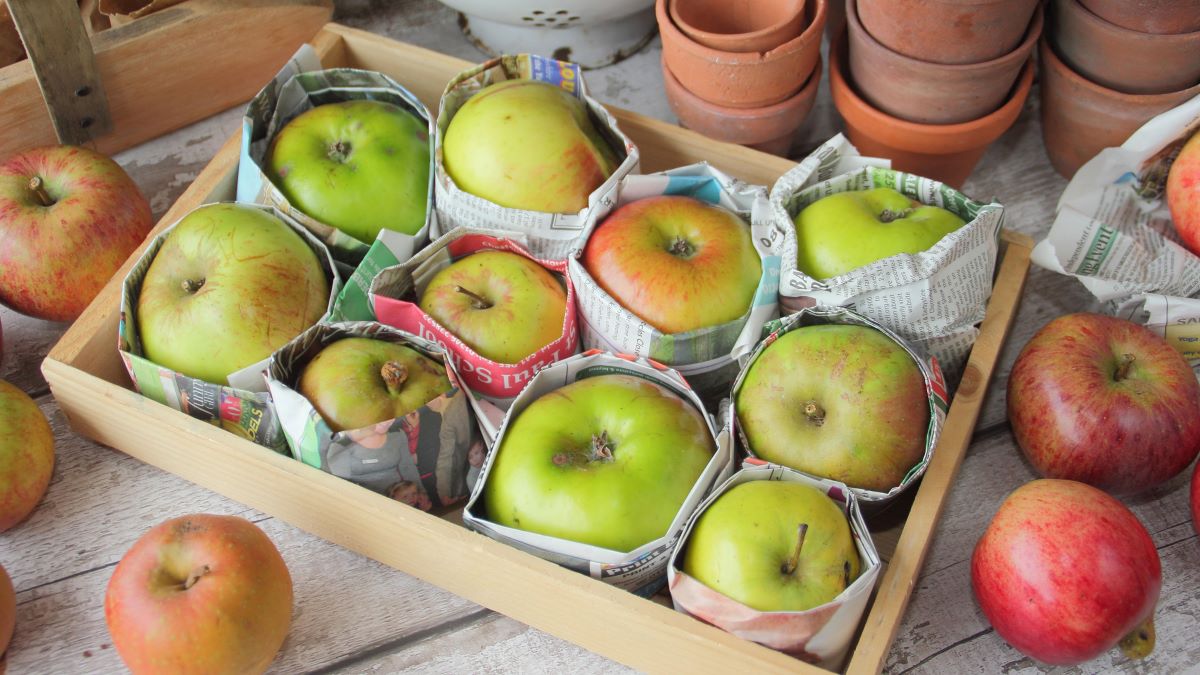


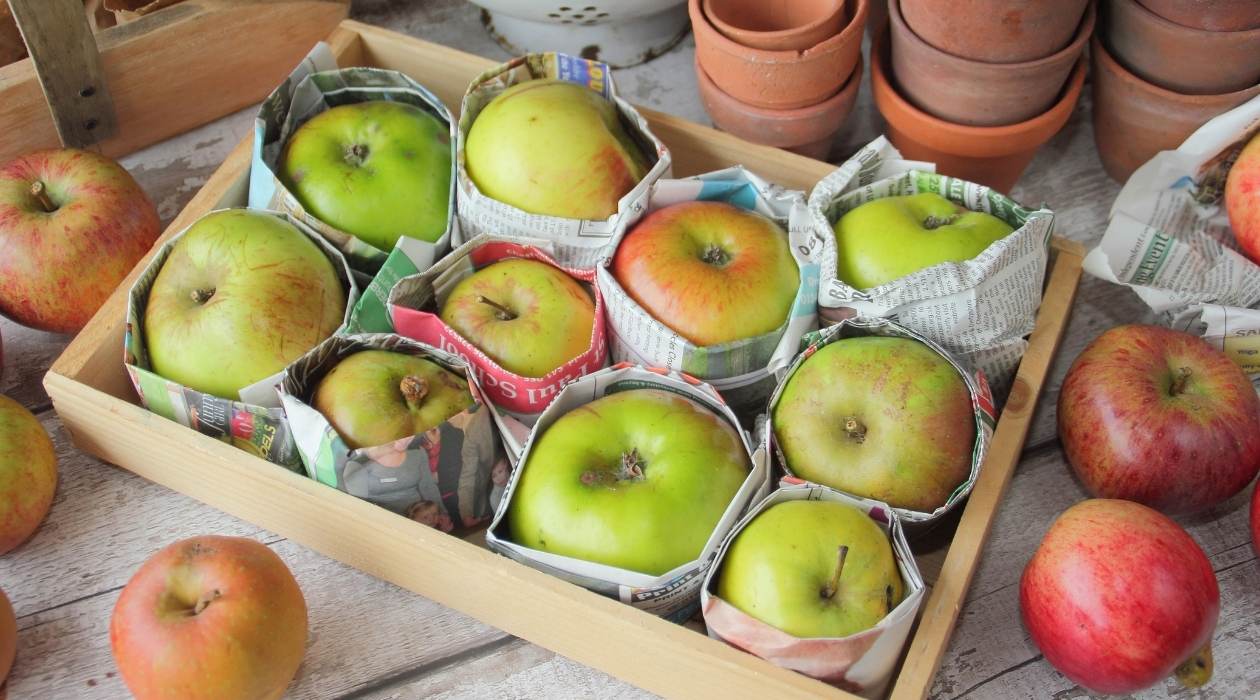
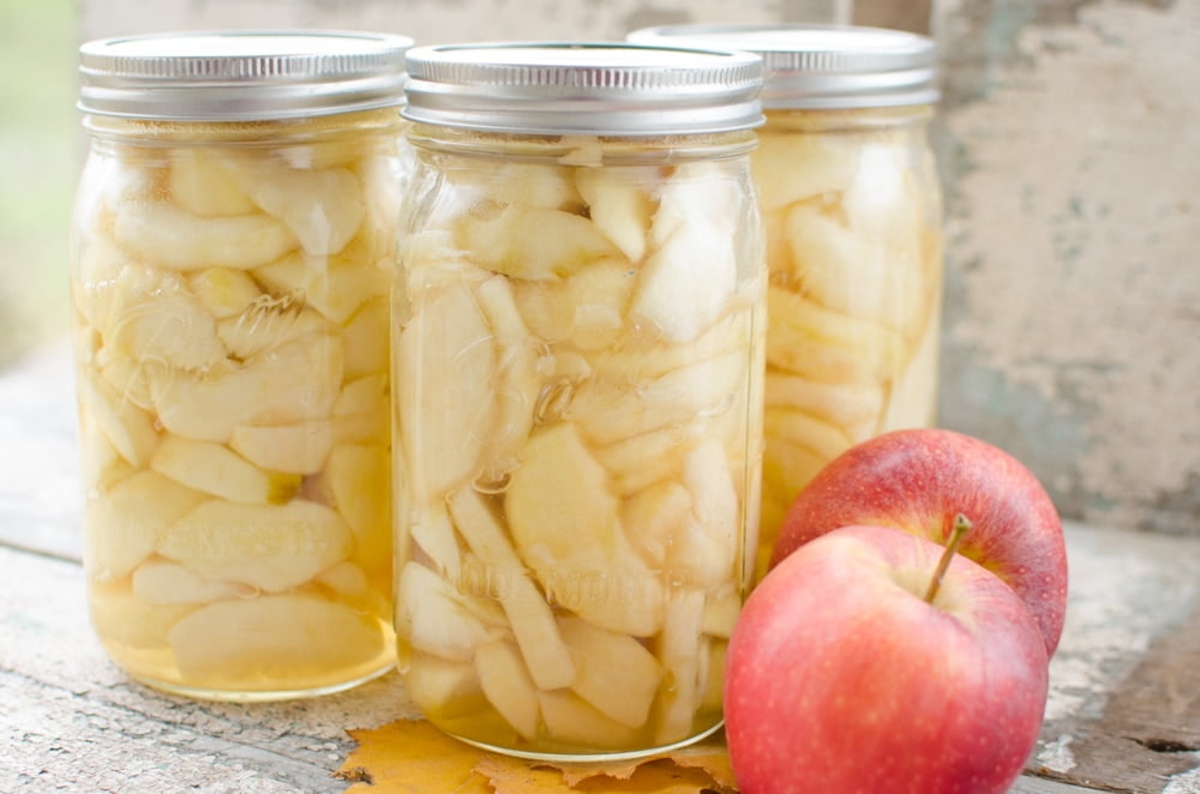
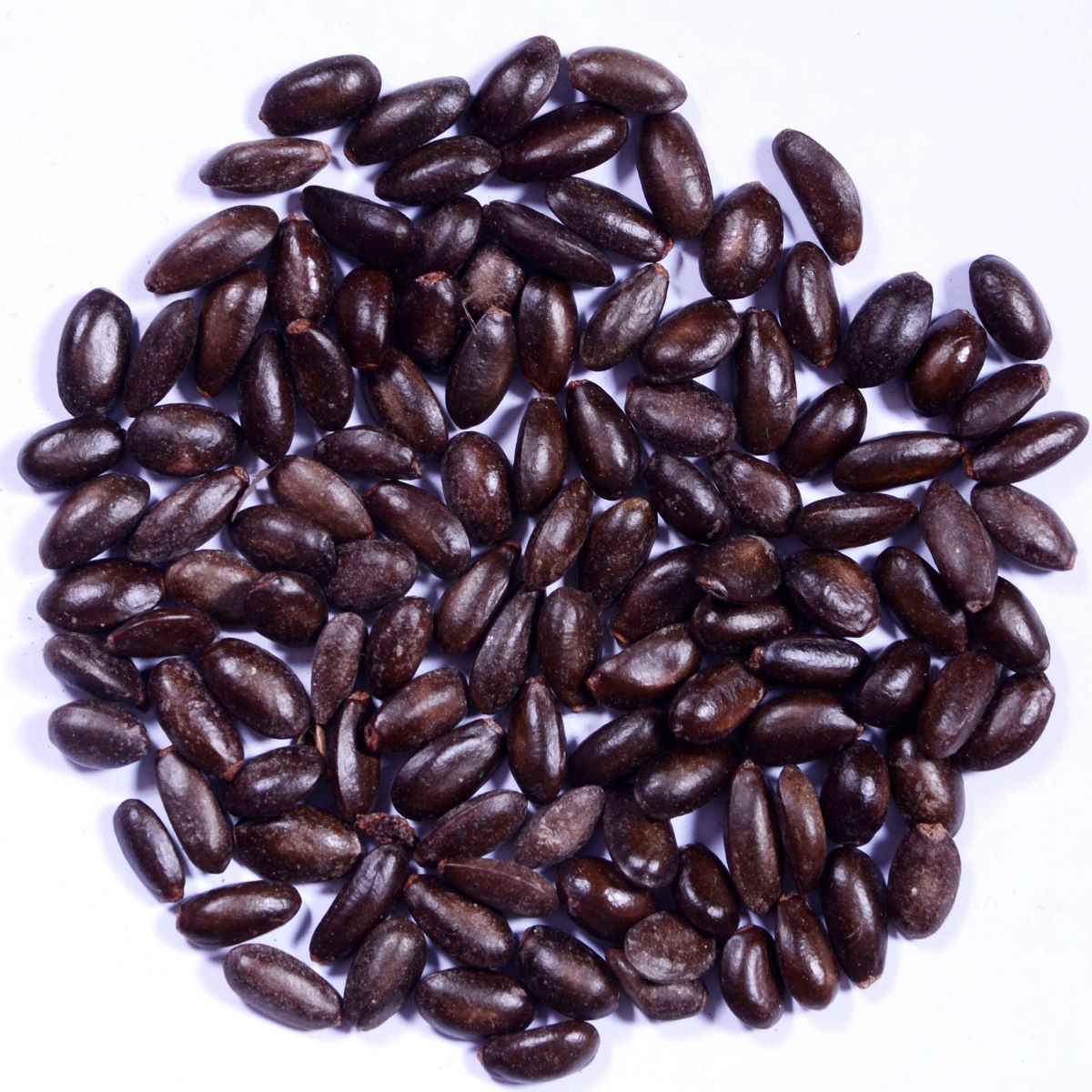
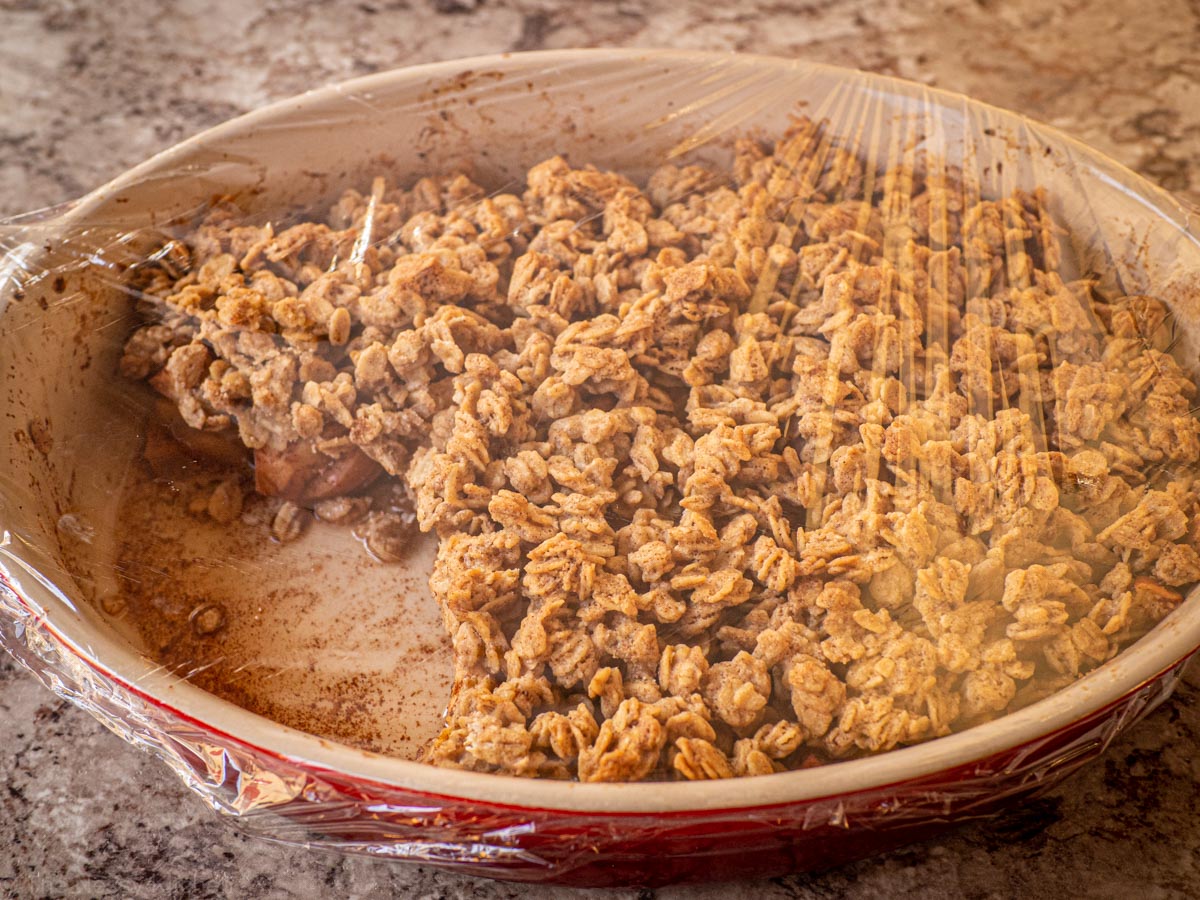


0 thoughts on “How To Store Cut Up Apples”